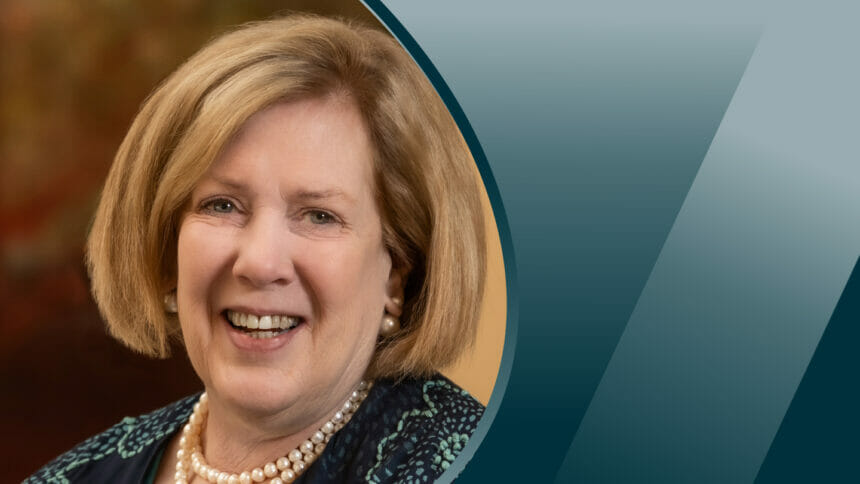
Does your long-term care organization have liability and property insurance? The answer to both, without hesitance, is “yes.”
However, there is a third area of “insurance” that, while equally important, is often overlooked. This is your organization’s compliance program.
Not surprisingly, compliance isn’t always ranked as important as liability and property insurance. But that doesn’t make it any less valuable.
A sound compliance program is there when you need it, as subtle and unglamorous as that may seem.
So, how sound is the current state of your compliance program?
Consider the three questions posed by the U.S. Department of Justice:
- Is the corporation’s compliance program well-designed?
- Is the program being applied earnestly and in good faith?
- Does the corporation’s compliance program work in practice?
If you’re sitting in a leadership position at a long-term care facility, you need to feel confident that the answer to these questions is “yes!”
If not, the time to get up to speed is now.
Here are three steps long-term care leaders can take when engaging in a proactive approach to compliance that may aid in creating a plan to get your organization up to speed.
1. Set the standard that compliance is for everyone
The strongest compliance programs are well-integrated across all members and teams of an organization, creating a sense of shared responsibility.
Compliance should be embedded into the day-to-day operations of a program, not viewed separately. Everyone has a part to play when it comes to an effective compliance program.
For example, do the staff and associates within your organization understand when to report to a compliance officer? Equally importantly, can they report concerns to their leadership, human resources or compliance officer without fear of retaliation? Examples of instances for staff and associates to reach out include:
- Quality of Care issues
- Any questions or concerns about issues involving the Centers for Medicare & Medicaid Services, the Office of Civil Rights, or other state or federal regulatory agencies
- Any questions or concerns about issues related to billing services or therapy providers
What about the patients and residents who you support and their loved ones? Are they aware of your resources and how to report an issue? A compliance hotline should be available to all employees, contractors, residents, and family members – 24 hours a day, seven days a week, with the ability to report anonymously.
Even if your front-line team is up to speed, another group should not be overlooked. Is your board of directors and governing body adequately trained – especially if your community is a non-profit?
Serving on a non-profit board of directors is serious business and includes providing oversight of finances, programming and more. Therefore, board members should be aware of the legal and practical roles they accept when they join and receive ongoing training and support regarding compliance work plans.
2. Provide support from the board of directors and third-party resources
Compliance is not a one-person job – or even a job that is fully handled internally.
For starters, a compliance officer should have access to a committee comprised of leaders from the whole enterprise, the full support of the board of directors, and third-party resources as needed.
There are many pieces to the puzzle, including conducting periodic reviews of policies, procedures and controls; maintaining a compliance plan and program; verifying accountability standards; evaluating the program’s effectiveness periodically; and regularly conducting risk assessments.
Even the best compliance officer needs human and financial assistance. This help can come from various sources, including the C-suite leadership team, the board of directors, in-house committees, and third-party professionals or consultants.
For example, your in-house compliance officer needs assistance auditing and monitoring, including:
- Review of medical records for certain areas of compliance
- Audit of employee and contractor licensure verification
- Staff surveys related to compliance awareness and reporting
Auditors and monitors often benefit from third-party support, ensuring that key metrics are independently analyzed with tracking, trending and benchmarking.
3. Evaluate where you are and set a plan for improvement
A compliance program is not a “set it and forget it” proposition.
Because it serves as a safeguard of quality and safety for residents and reduces the financial and legal risk for the organization, compliance programs need to be adaptable to account for new areas of risk or enforcement focus – especially with rules and regulations constantly changing.
The DOJ expects that compliance programs are dynamic and evolving, and organizations should always be learning from their misconduct or the errors of other, similar organizations.
The compliance committee should conduct an organization-wide risk assessment every year in response to any changes affecting risk factors specific to your community.
When did you last audit or monitor your organization’s compliance program? Do you have a work plan to mitigate potential risks? This may be your first step if you don’t know the answer to that question or know where to find your organization’s work plan.
A good compliance program is more than best practice
Having a good compliance program is undoubtedly the best practice from an internal standpoint.
Keep in mind that there are governing agencies also overseeing this process and adhering to the rules, such as CMS, OIG, DOJ, the Office of Civil Rights, and other state agencies. The good news is that there are avenues to provide assistance for your team and the compliance program.
Compliance is a multi-faceted process that has an impact on every aging services provider nationwide – large and small, for-profit and non-profit, single site or multiple locations. However, compliance programs are not a one-size-fits-all service and need to address an organization’s unique and specific risks.
How can you start building an effective compliance program today? Many talented compliance personnel can assist your organization; even third-party organizations can help you customize a program with your organization’s mission in mind.
Think of it as the insurance policy that helps you focus on what matters the most – providing excellent care and service to residents, patients and their families.
Karla Dreisbach is vice president of compliance and risk management at Friends Services Alliance, a Blue Bell, Pa.-based association of values-aligned organizations that service seniors.
The opinions expressed in McKnight’s Long-Term Care News guest submissions are the author’s and are not necessarily those of McKnight’s Long-Term Care News or its editors.





